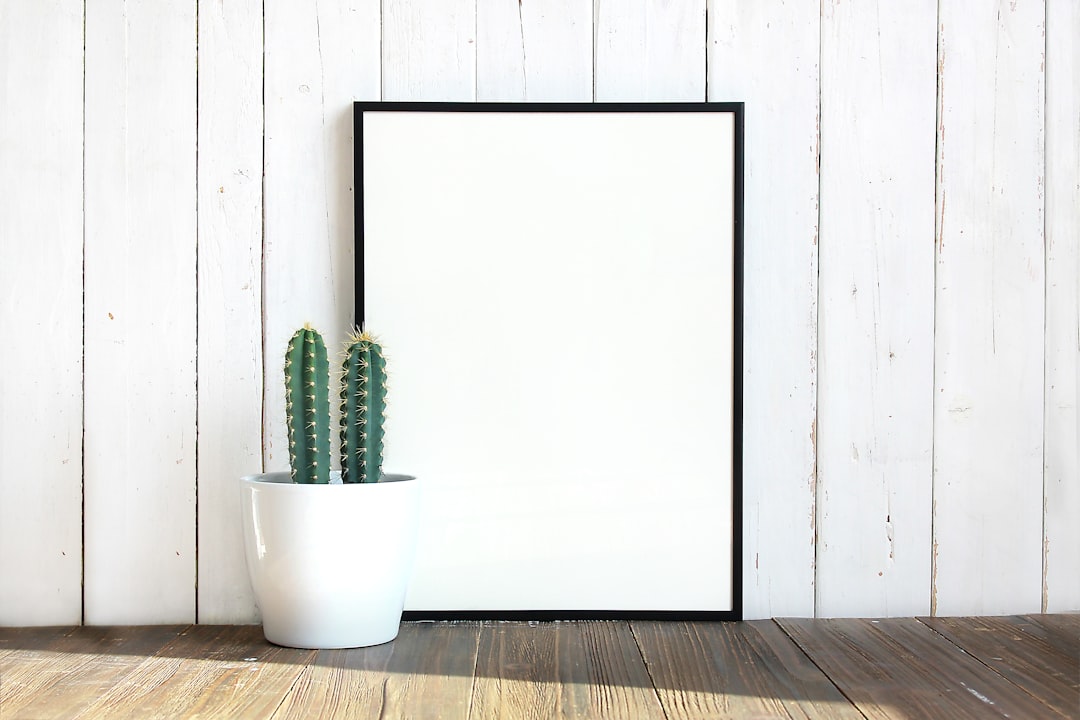Are you curious about growing your own food but don’t have the outdoor space for a traditional garden? Welcome to the world of hydroponics — a clean, efficient, and soil-free way to grow fresh herbs, vegetables, and even fruits right in your home. If you're new to hydroponics, don't worry — setting up your first system is easier than you might think. This step-by-step guide will walk you through the basics and get you growing in no time.
🌱 What is Hydroponics?
Hydroponics is a method of growing plants without soil. Instead, it uses a water-based nutrient solution and a growing medium to provide support and nutrients to plants. Because hydroponic systems deliver nutrients directly to the roots, plants tend to grow faster and produce higher yields than in traditional soil gardens.
🧰 What You’ll Need to Get Started
Before we jump into the setup, here’s a basic list of materials you’ll need:
-
A Container or Reservoir – This holds the nutrient-rich water solution.
-
Grow Tray or Net Pots – Where your plants will sit and grow.
-
Growing Medium – Rockwool, clay pellets, or coco coir to support the plant roots.
-
Water Pump & Air Pump (optional) – Keeps water circulating and oxygenated.
-
Nutrient Solution – Specially formulated fertilizers for hydroponic systems.
-
pH Testing Kit – Helps you maintain optimal pH levels (typically 5.5 to 6.5).
-
Light Source – Natural sunlight or grow lights for indoor setups.
-
Starter Plants or Seeds – Choose easy growers like lettuce, basil, or spinach.
🔧 Step-by-Step Setup Guide
1. Choose Your System Type
There are several hydroponic systems to choose from, but for beginners, the Deep Water Culture (DWC) or Kratky Method is the easiest and most affordable.
-
DWC: Plants sit in net pots with roots submerged in a nutrient-rich water reservoir, oxygenated with an air pump.
-
Kratky: A passive system where plants grow in a fixed container of nutrient solution that isn't aerated but has an air gap as the water level lowers.
2. Assemble Your System
Place your reservoir in a stable, well-lit area (or under grow lights). Position your net pots or grow tray above the reservoir. Fill it with your chosen growing medium.
3. Add Water and Nutrients
Fill your reservoir with water and add your nutrient solution according to the manufacturer's instructions. Stir well to mix.
4. Check and Adjust the pH
Use a pH testing kit to check the water solution. Adjust it to a pH range of 5.5–6.5 using pH up/down solutions.
5. Add Plants or Seeds
Gently place your seedlings into the growing medium. If you’re starting from seed, plant directly into the medium and keep it moist until germination.
6. Monitor and Maintain
-
Light: Make sure your plants get at least 12–16 hours of light per day.
-
Water Level: Top off the water regularly and change the solution every 1–2 weeks.
-
Airflow: If using an air pump, keep it running 24/7.
-
Growth: Watch your plants thrive! You should start seeing noticeable growth within days.
🧪 Tips for Success
-
Start Simple: Leafy greens and herbs are easiest for beginners.
-
Keep It Clean: Regularly clean your system to prevent algae and root rot.
-
Track Progress: Keep a simple journal to track what works and what doesn’t.
-
Stay Curious: Experiment and enjoy the learning process!
🌿 Final Thoughts
Starting your own hydroponic system is a rewarding and sustainable way to grow food — no matter your space or experience level. With just a few materials and some basic care, you'll be harvesting fresh, homegrown produce in just a few weeks. So dive in, get your hands (a little) wet, and start growing!
Got questions or want to share your hydroponic journey? Drop a comment below!

Comments
No comments yet. Be the first to comment!
You must be logged in to comment. Login